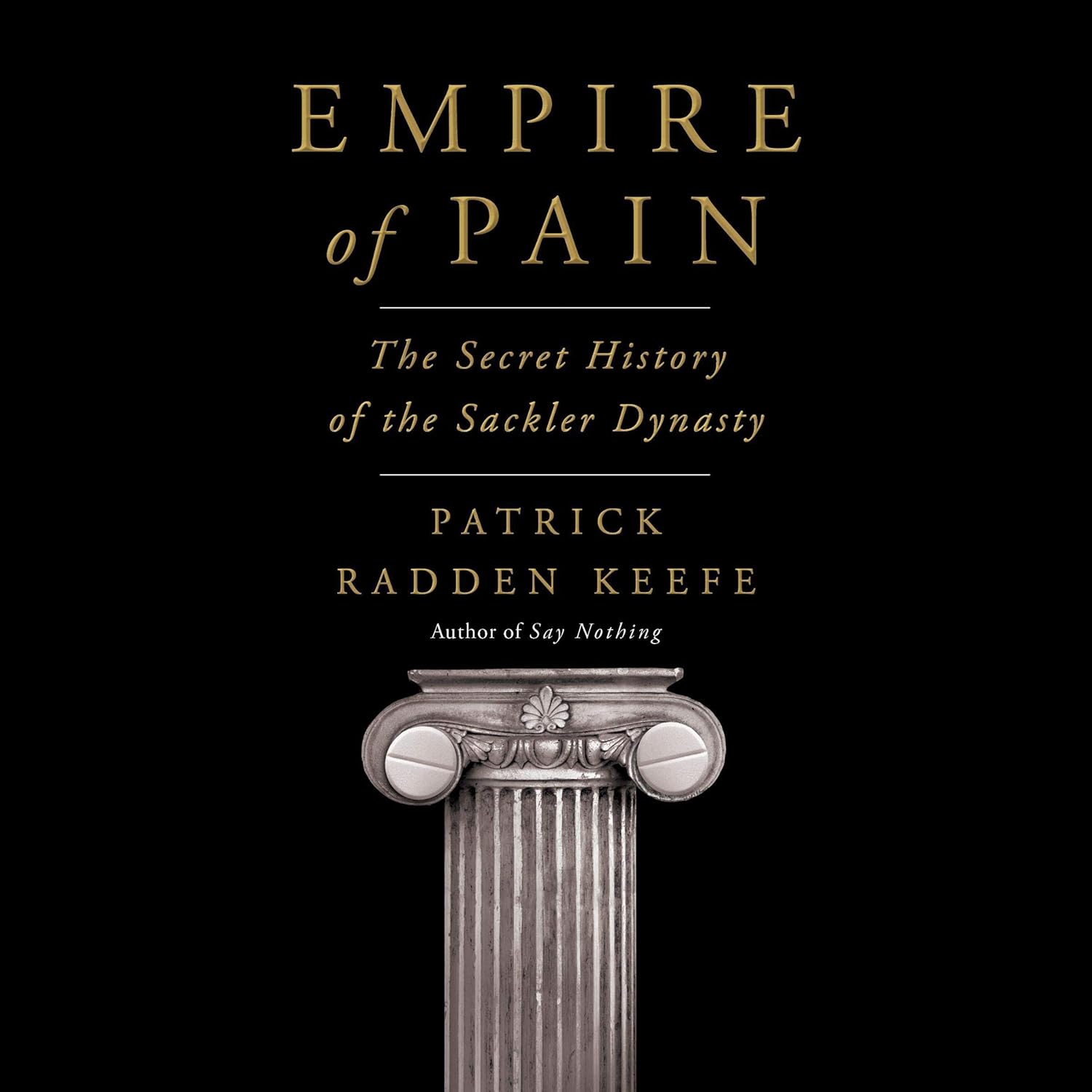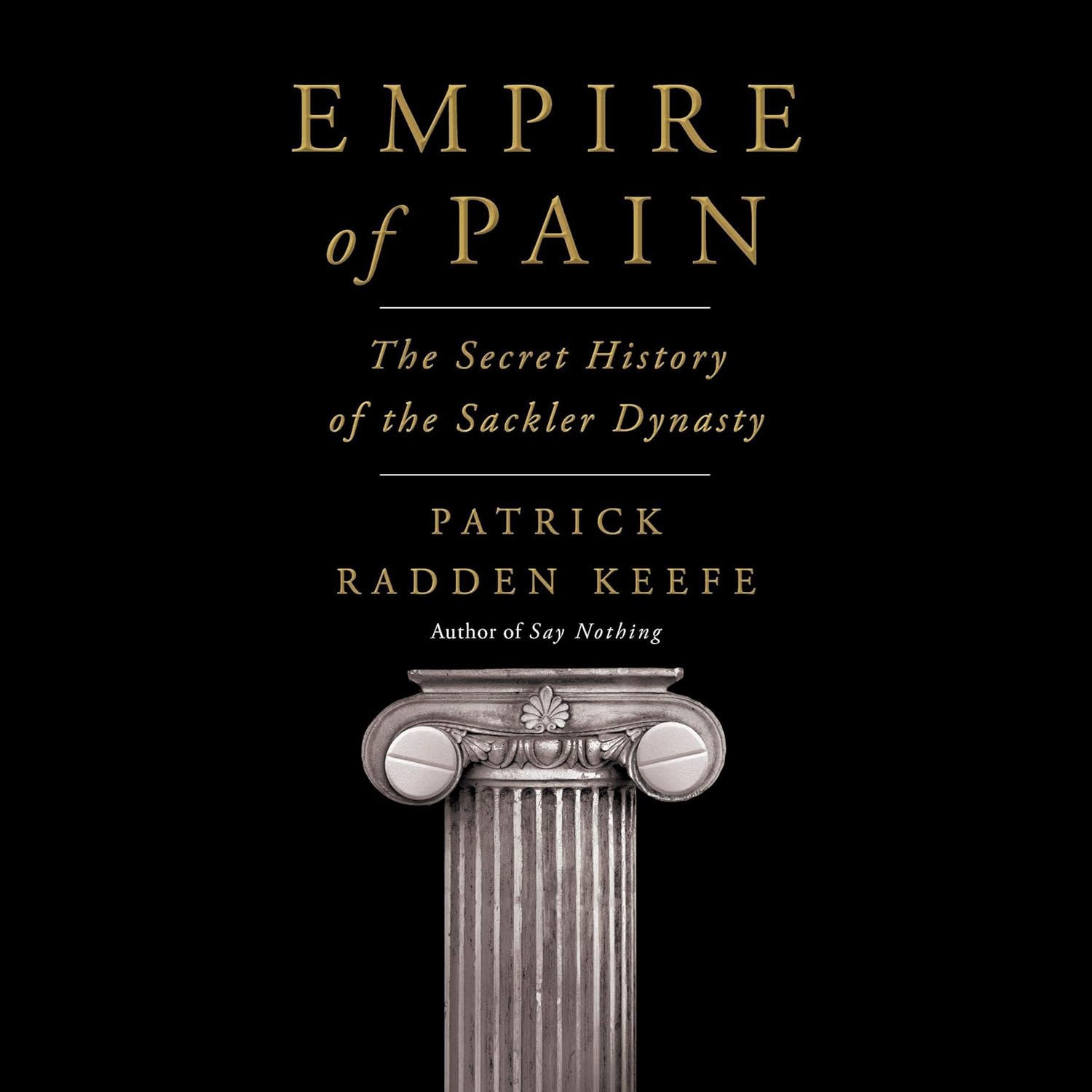Reading “Empire of Pain” by Patrick Radden Keefe was an enlightening and unsettling experience that left me reflecting deeply on the intertwining narratives of wealth, power, and responsibility. As an avid reader of nonfiction, particularly works that delve into social issues, I was drawn to this title due to its exploration of the opioid crisis and the infamous Sackler family. With awards like the National Book Critics Circle Nominee and being a New York Times best seller, I had high expectations going in.
Keefe begins with an astonishing narrative of the Sackler family, chronicling their rise from Jewish immigrants to pharmaceutical moguls. The history of three doctor brothers—Raymond, Mortimer, and the highly influential Arthur—who initially focused on developing mental health treatments and eventually turned their sights to marketing drugs like Valium and later, OxyContin, is compelling. The stark contrast between their philanthropic endeavors and the devastation wrought by their products creates an intricate tapestry of contradictions.
One of the key strengths of the book lies in Keefe’s writing style, which is compelling and easy to digest. Many readers, including Suzy Hallock-Bannigan, noted the succinctness of the story, remarking on Keefe’s ability to weave a complex historical narrative without losing the reader’s attention. I found the pacing generally well-balanced; however, some might find the early chapters slow to start as they lay the groundwork for the family’s history and the emergence of their empire.
Keefe draws upon extensive research and interviews, crafting an engaging portrait of a family whose fortune and reputation are quintessentially American. Readers like Sean emphasized how easily Keefe revealed the unethical practices within the pharmaceutical industry, providing a behind-the-scenes look that validated many of the suspicions we may hold about corporate greed. This level of thorough documentation certainly kept me engaged and invested in the unfolding story.
That said, the book isn’t without its drawbacks. Some sections felt quite dense, especially for readers new to discussions around the opioid crisis. I agree with Kelly’s observations that the book began slowly, and while it picked up momentum midway, potential readers should be prepared for an emotional ride filled with distressing realizations about how profit was prioritized over public health. The book’s exploration of addiction—its impacts on individuals and families—might perturb those sensitive to topics of drug abuse.
In the end, “Empire of Pain” exceeded my expectations. Keefe’s meticulous research and storytelling prowess shine through, painting a poignant picture of a family’s moral decay against the backdrop of a national crisis. The conclusion resonates, serving not just as a testament to their greed but also as a commentary on the system that allows such behaviors to proliferate.
In light of all this, I would recommend “Empire of Pain” to anyone seeking a comprehensive, eye-opening exploration of the Sackler family and their role in the opiate epidemic. It is a thought-provoking read that challenges the perception of philanthropy and highlights the often-disregarded consequences of corporate actions. Just be prepared for a profoundly unsettling experience as you navigate through its pages. Overall, it’s a worthy addition to the conversation around responsibility, accountability, and the costs of unchecked capitalism.








